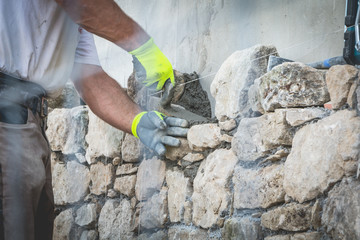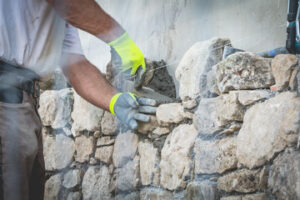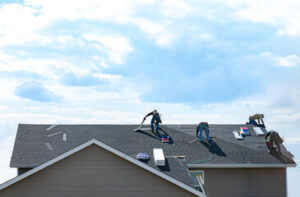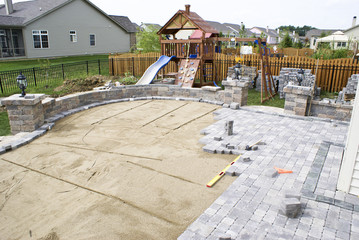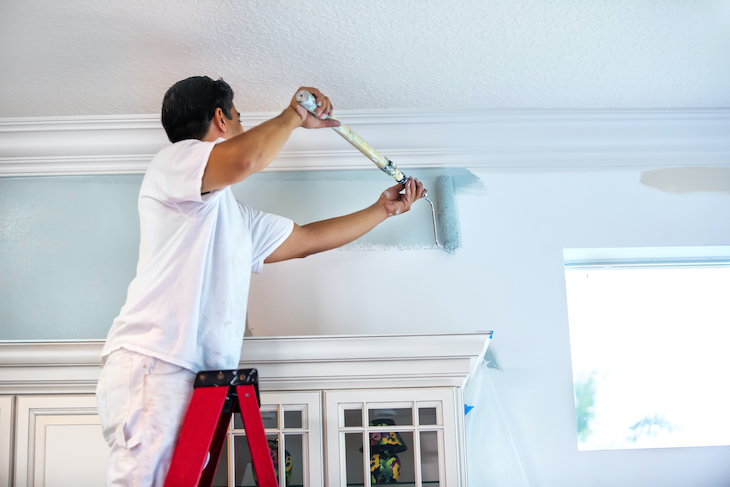When looking for a mice removal service, speak with several companies. Compare pricing and offered plans. Some offer general pest control plans that include rodent exclusion.
It takes time to permanently eradicate a mouse population. This varies from household to household. Areas prone to recurrence may require more intense and regular pest control. Contact Mice Removal Service Texas now!

Mice are very destructive rodents that can cause a wide range of issues for homeowners, including structural damage and health-related consequences. These pests will chew through wires, insulation, and pipes in order to find a food source or access a warm shelter. They also spread a number of diseases and contaminate surfaces with their droppings and urine. The best mice removal service is crucial for homeowners who want to protect their families from these harmful creatures.
There are a variety of factors that determine the cost of mice control services, including the size of the infestation and the type of treatment required. Homeowners should contact several companies and compare offered coverage and estimated pricing to make sure they are getting the best value for their money.
Infestations involving large populations of mice can be quite challenging to treat. These animals reproduce quickly and require regular treatments to prevent their recurrence. Some pest control companies will offer recurring maintenance plans, which are a good option for homeowners who want to ensure that their infestation is under control.
A typical mouse control service will include an initial inspection to determine the severity of the infestation. This will help the pest control technician to devise a plan for trapping and treating the property. Depending on the results of this inspection, the technician may recommend additional steps such as sealing entry points and installing rodent-proof barriers.
It is important to note that the initial inspection is often free of charge. However, a homeowner should always confirm this when scheduling an appointment. It is also a good idea to ask for a detailed breakdown of costs and services so that there are no hidden fees.
After the initial inspection, a pest control company will typically provide the homeowner with a quote for their services. This quote will usually cover the cost of the trapping and treatment. However, the total cost will be higher if the infestation is severe and requires further treatment methods.
Some rodents require a thorough fumigation to remove them completely. This can add an extra $1 to $3 per square foot of the house’s overall cost. Other treatments might include repairing damaged insulation, pipes, and wires. These additional costs can raise the price of the service significantly.
Prevention
Whether they are seeking shelter from the elements or looking for food, mice invade homes. They can cause damage to wood framing, insulation and electrical wiring. They also destroy boxes, cartons and papers to construct nests. Their droppings contain harmful bacteria and viruses, including salmonella and hantavirus. Mice can also leave a foul odor that affects indoor air quality.
Although home improvement stores sell traps and bait, professional pest control services are the best option. Look for companies that use integrated pest management (IPM) strategies and avoid those heavily reliant on chemicals or pesticides. Choosing a pest control company that offers recurring visits helps ensure that your problem is fully eradicated.
While a mouse infestation may seem minor at first, it can quickly become an expensive and destructive issue. The cost of repairing damaged drywall, insulation and electrical wires will add up quickly. It’s important to act quickly to address mouse problems. Otherwise, they can lead to severe structural damage and a variety of health issues.
Mice can enter the home through crevices, cracks and gaps, but they are also willing to enter at high points close to the roofline and in areas near the foundation. This can make it challenging to exclude them. However, exclusion measures can significantly reduce the need for rodenticides by removing access to potential entry points.
To prevent future problems, make sure to store grain, pet food and dry goods in metal or glass containers that mice cannot chew through. Keeping the yard free of debris can also help deter mice. Regular lawn maintenance will remove brush, branches and other materials that can serve as a hiding place for these rodents.
Mice infestations can be difficult to eliminate, but the cost of a professional treatment will save you thousands in damages and cleaning costs. If you suspect a mouse problem, contact a local pest control service for an estimate and consultation. Most companies offer complimentary inspections to assess the size of your problem and develop a plan. Some also offer monthly or quarterly pest prevention services to keep mice out of your home.
Inspection
Mice are a common problem for many homeowners. They can cause damage to the interior and exterior of your home, and even create health risks for you and your family. If you suspect a mouse infestation, it is important to contact a pest control company as soon as possible. A professional can help you get rid of the mice and seal entry points to keep them from returning.
You can also reduce your risk of a mouse infestation by rodent-proofing your property. This includes sealing entrance points to your garage and basement, as well as keeping food trash tightly sealed. You should also schedule annual pest inspections to identify and eliminate potential rodent entry points to your home.
The most common signs of a mouse infestation include droppings, tracks, and gnaw marks. These marks may be a sign that mice are nesting in wall voids or other hiding places. You should also pay attention to the odor of urine in your house. Mice are often attracted to food, so they will mark their territory by urinating around it.
Mice can be difficult to eradicate, especially in older houses or larger households. In addition, they are nocturnal and good at hiding during the day. Consequently, it is often impossible to see them until the infestation becomes severe.
Moreover, the number of mice in your household is also an important factor in determining the cost of mouse extermination services. The more mice you have, the longer it will take to remove them and seal all their entry points. Moreover, you will need more traps and bait stations to catch them all.
The size of your house will also influence the cost of mice extermination services. Larger houses and apartments usually require more visits from technicians to clear and reset traps and bait. In addition, they are more likely to have a variety of hidden entry points that can be harder to locate and seal than in smaller homes.
Treatment
Getting rid of mice can be difficult, especially when they’ve burrowed into a home and are hiding in hard-to-reach places. Mice are notorious for chewing through walls and floors and destroying electrical wiring inside homes. Their droppings can also spread disease. This is a major problem for residential homeowners, but it’s even more troublesome for businesses that operate out of buildings. It’s essential for business owners to get a mouse exterminator as soon as they suspect a problem.
During the inspection, the technician will identify potential entry points and seal them. They’ll also set traps to thin the population and clear away any rodent nests they find. The length of time it takes to treat a home for mice depends on how extensive the infestation is. It’s also important to consider the age of the house, as older houses tend to have more cracks and holes that need to be filled.
After the mice removal process is complete, it’s a good idea to hire a pest control company that offers preventive services. These services can include regularly scheduled treatments and free follow-up visits after a treatment. This will help keep mice from entering your home in the future. It’s also important to keep trees and shrubs trimmed, as mice use them as cover to approach your property.
In addition to preventive services, a pest control company can provide additional rodent prevention tips. These include removing food sources such as wood piles and trash. Mice are also attracted to standing water, so it’s a good idea to repair leaks as quickly as possible.
Preventive measures can also include reducing the amount of debris and clutter around the home. A yard that’s full of debris makes it easy for mice to reach the home and may make it easier for them to breed. It’s also a good idea to store trash cans with tight-fitting lids and to keep them close to the house. Mice have sharp incisor teeth and can easily chew through plastic bags. Finally, storing food in airtight containers will help prevent mice from finding it.
